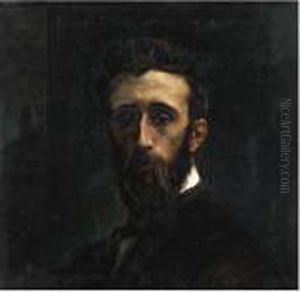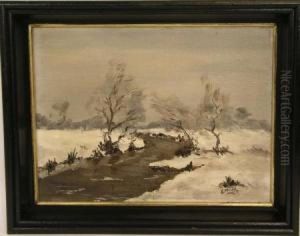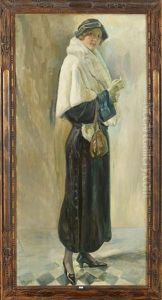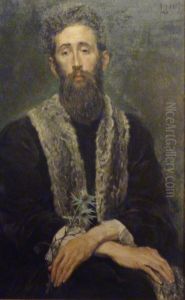Emile Motte Paintings
Emile Motte was a French artist born on April 10, 1860, in Tourcoing, France. Motte was primarily known for his work as a painter, but he also delved into illustration and design. He was active during the late 19th and early 20th centuries, a period that was rich in artistic innovation and that saw the development of various art movements such as Impressionism, Post-Impressionism, and the beginnings of Modernism.
Motte received his artistic training at the École des Beaux-Arts in Paris, where he studied under renowned masters such as Alexandre Cabanel and Fernand Cormon. These academic influences are evident in his precise drawing skills and his attention to detail. Despite the academic start, Motte was open to the newer art movements of his time, though he did not fully embrace any of them.
Throughout his career, Emile Motte exhibited his work at various salons and exhibitions. He was a regular participant in the Salon des Artistes Français, where he received an honorable mention in 1884 and a third-class medal in 1888. His work was well-received, and he was known for his genre scenes, allegorical subjects, and historical paintings. Motte's style was characterized by a refined use of color, detailed realism, and often a certain romanticism that harkened back to earlier artistic traditions.
Motte's contributions to art extend beyond his own paintings. He was also involved in the decorative arts, designing tapestries and furniture that reflected the Art Nouveau style, which was popular during the turn of the century. His versatility as an artist demonstrated his ability to adapt his talents to different mediums and stylistic demands.
Emile Motte passed away on January 1, 1931, in Paris. While he may not be as widely remembered as some of his contemporaries, his work remains an example of the diverse artistic currents that flowed through the art world in the transitional period between the 19th and 20th centuries. His paintings and designs continue to be appreciated by collectors and art historians for their beauty and craftsmanship.



